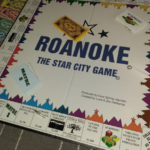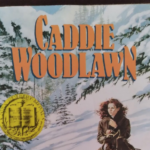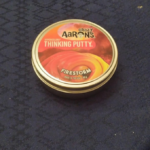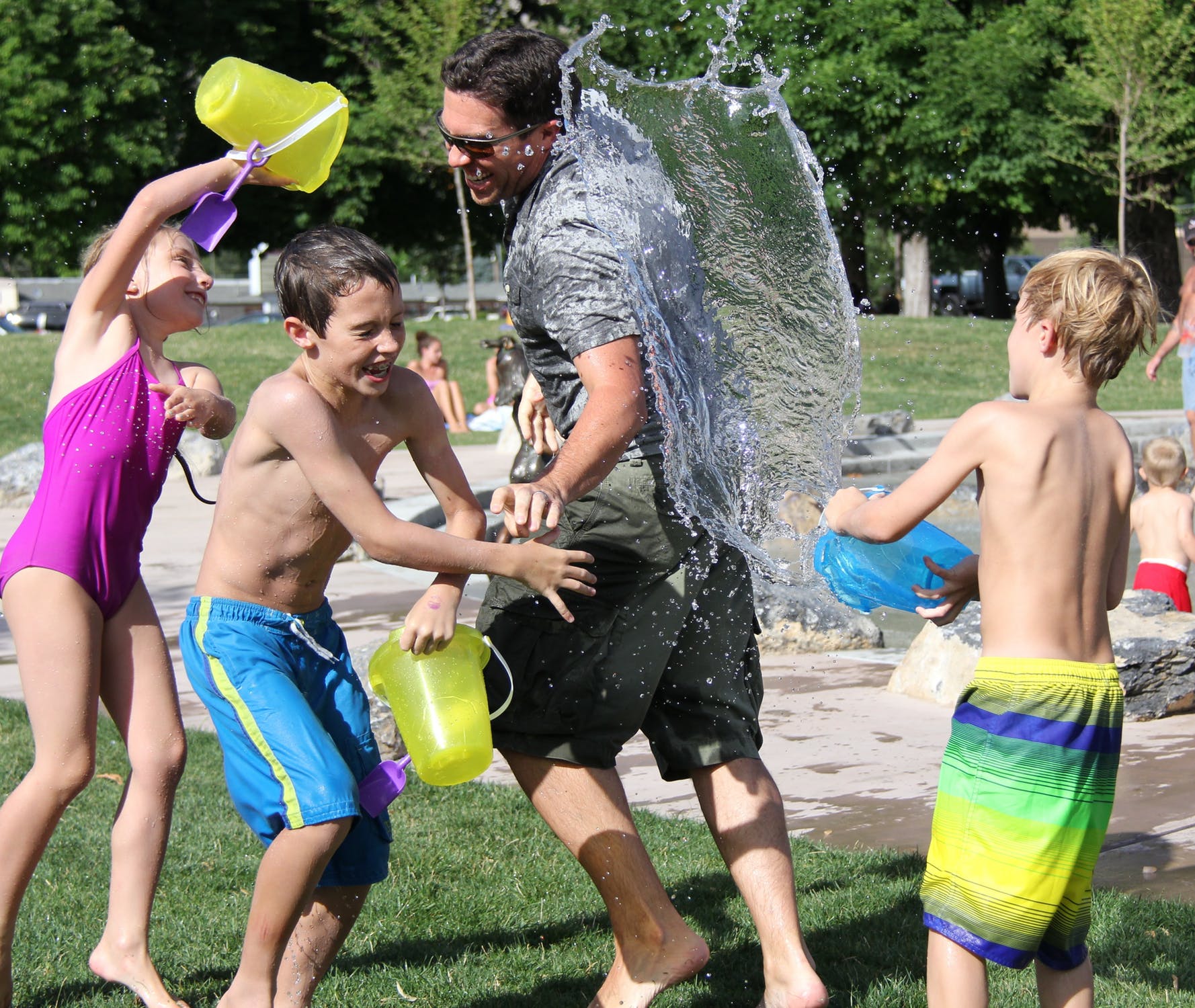Books to Read on Winter Evenings – Little House on the Prairie
One of the best traditions in our home is evening read-aloud time. This is a time-honored tradition passed down from both sides of our family; my wife and I each have fond memories of family reading time from our own childhoods. It’s no surprise, then, that we renewed the tradition when our kids were toddlers, and I quite expect that it may continue until they are teenagers. Obviously, by that point, there will be less Sandra Boynton and more J.K. Rowling.
In the meantime, however, our family is somewhere in between. Reading good books is (in my humble opinion) one of the best possible family activities: educational, entertaining, relaxing, family-strengthening. So, I’m here to share my free, quasi-professional bedtime reading recommendations. You’re welcome.
Prefacing remark: Obtain a spouse who likes to shop for, buy, sell, and barter quality used books. In my experience, you may collect some money from this, but you will certainly collect some books. (Or more than some.)
Second prefacing remark: If you plan to follow my advice above, obtain a house that has plenty of extra space. My recommendation is at least one 10’ by 10’ spare room.
Now, on to my first book recommendation: the Laura Ingalls Wilder series.
Time was when this would not have been a controversial selection, but times have changed. Here are my thoughts and cautions on this series.
The Little House on the Prairie book series captures a period of American history – and a wide array of American frontier places – more vividly than almost any other book series I’ve read. My kids loved the details of pioneer life, from breaking oxen to cutting ice blocks to fleeing panthers to getting lost in blizzards. Oh, and the many adventures that go on in one-room schoolhouses, from spelling bees to savvy teachers stymying bullies. For this alone, the books deserve praise. I know how mind-deadening history can be; these books bring it to life. In doing so, they not only teach us facts but shed perspective on how comparatively easy our own existence is. Try living for an entire winter on bread you bake from grain you grind by hand, and I think you’ll agree.
Second, these books allow you to learn to love real characters, with all their quirks and foibles. The book series follows the family as they grow and develop, and each character’s personality is honestly explored – for better and worse. In the end, the values of family love, good humor, hard work, and self-sacrifice, though imperfectly modeled, shine through.
Third, these well-written books are genuinely fun. There are so many interesting, suspenseful, hilarious scenes that I can’t count them all. They didn’t become classics for no reason.
Now, for cautions. I am aware of the criticisms of these books; they aren’t completely invalid. I think these books were meant to be read and discussed by the readers. In many cases, rather than passing heavy-handed moral judgments, Mrs. Wilder simply describes a situation and leaves it to the reader to draw conclusions – sometimes in situations that make our modern sensibilities recoil. Here’s my advice to parents of young, curious kids:
- Read the books aloud, but read ahead yourself – see what’s coming, decide how to handle it and if it’s suitable for your kids.
- If necessary, skip chapters: I readily admit I did this a couple of times.
- After difficult sections, initiate discussion with your kids. Why did Ma fear the Indians? Why did Pa refuse to accept help? Why did Ma and Pa always take the side of the schoolmaster? How could they have responded to situations better? Our kids will have to learn to work through situations like these when they grow up. Here is a good opportunity to train them how to do this in a safe, supportive environment.
- Think about parallels to our own day. My kids are already familiar with the sad stories of the American Indians and American slavery, but what other prejudices might we subconsciously hold today? Frilled dresses and note cards may seem like silly fads to us, but why are video games, brand name clothing, and social media any less banal? And don’t be afraid to emphasize the timeless positive traits – Laura’s self-sacrifice for her sister, her parents’ dedication to their family. There were many serious social problems back then, but there were also good things that were valued.
We certainly didn’t go through this process every chapter, but we did it several times. And it’s worth it… these books will forever have a special place in my kids’ hearts. And they learned quite a bit along the way.
I hope kids and parents can continue to be enriched by these books.
More from Tim Carr
- Virginia’s Native Allspice

- Wet and Wicked Weather in Western Virginia – Part 3

- Virginia’s Earth-shaking Events

- Roanoke – the Star City Game

- Saving the Planet, one Semi-Immortal Toyota at a time

- Chic(k) Lifestyle – Part 1
- Books to Read Aloud – Caddie Woodlawn

- 5 Random Items We No Longer Want To Do Without





